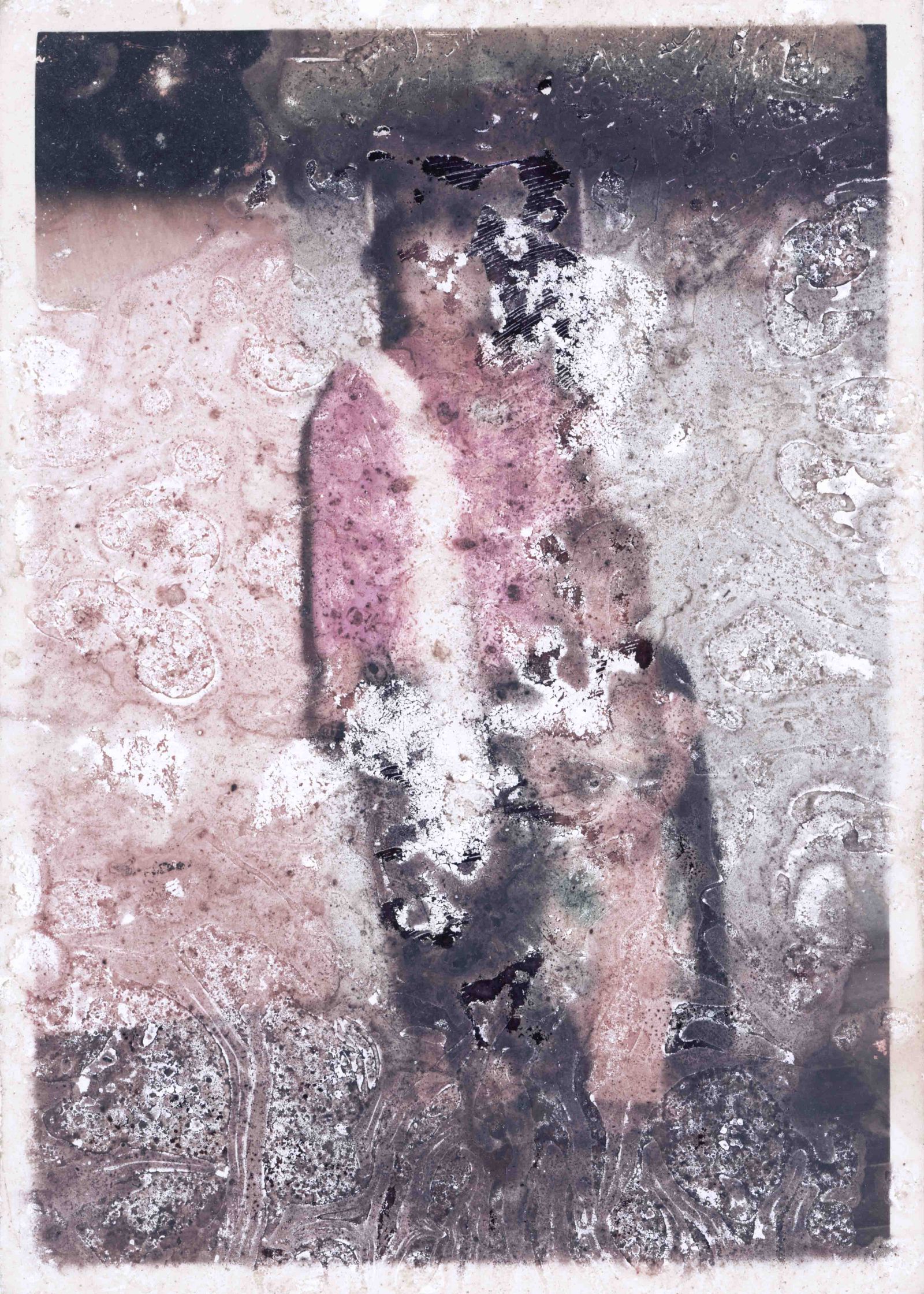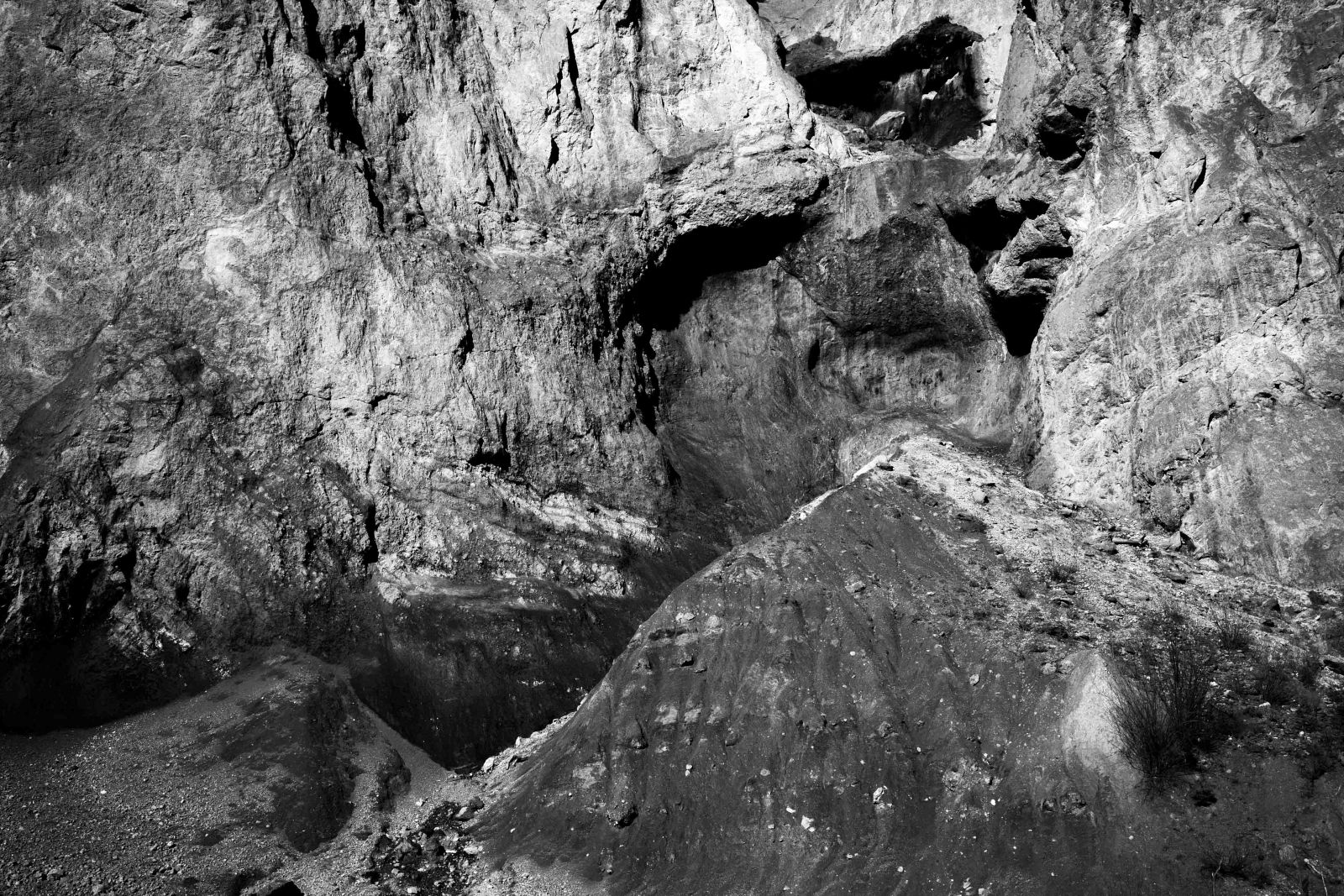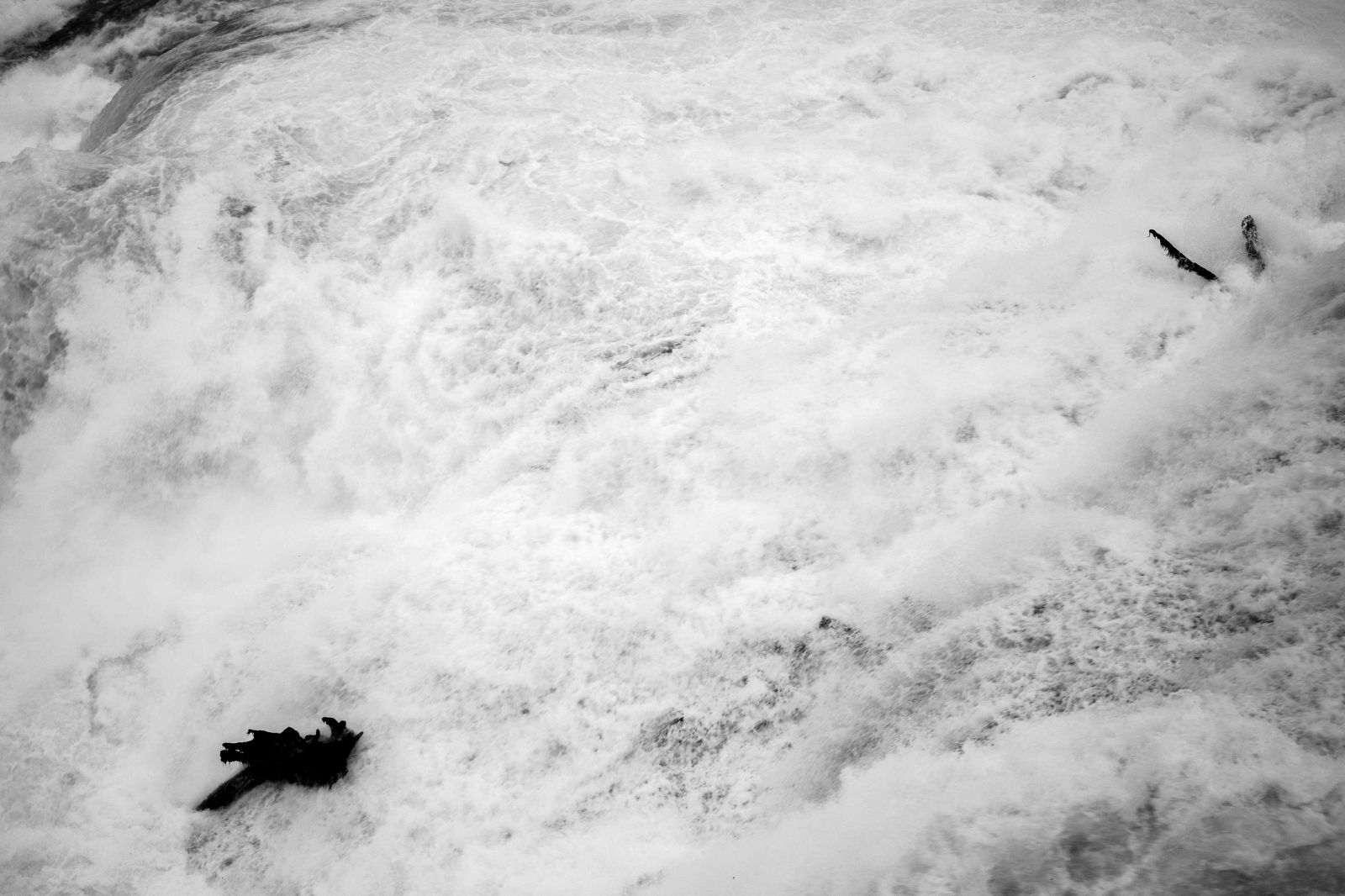
Miranda Devita Kistler
Keywords: Erosion, Cultural and geographical flux, Human and nature
Internship: Studio Sarmite, DTdF Photography
Read Thesis
miranda.kistler@gmx.ch
mirandakistler.com
www.instagram.com/mirandakistler/
Somewhere between stones and floods, we all continuously move in an interconnected stream that reminds us of the impermanence inherent in all things.
Erosion is a process that is most often found along a watercourse, where stones and land are gracefully carved into mesmerising patterns. However, erosion covers a broader range of defining something that is gradually being shed, layer by layer. It also defines the process of the gradual destruction or diminution of something on a metaphorical level.
Batu dan Banjir opposes archival images of my grandmother from Indonesia, which has been affected by recurring flooding due to infrastructural issues and neglect, with contemporary perspectives of observing the Rhine River from its origin in Switzerland up to its delta in the Netherlands, following the transformation and shape-shifting of stones and sediments affected by external forces of water and time. The work challenges the experience of perceiving and viewing interconnections within nature and humans through showcasing the macro observation of traces of erosion within the cultural testimonies and natural processes.
The materiality of the archive images as well as the stones come to reveal their interplay with the environment, displaying the traces the environment and water has left, within people as well as within nature.
Erosion becomes a metaphor for impermanence and displacement, for flowing geographically as well as culturally, for relocation and adaptation, and for readjustment to an ever-changing environment.



